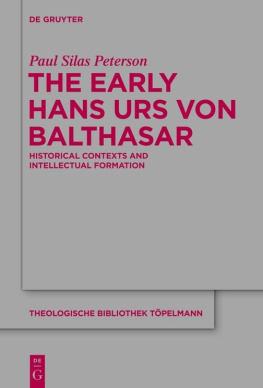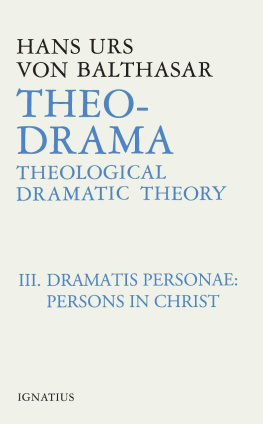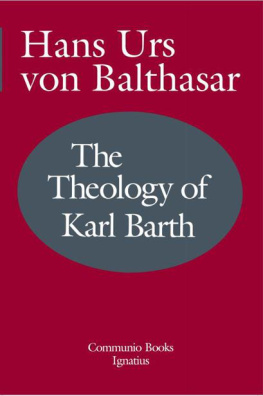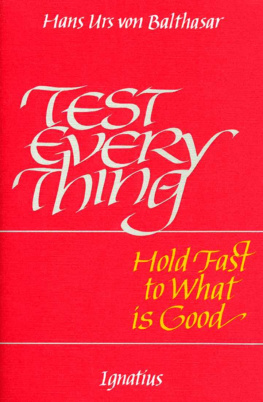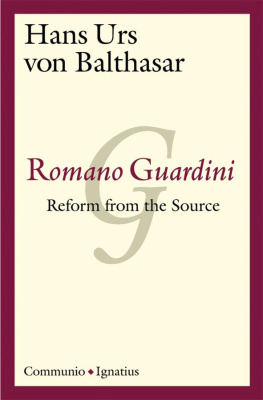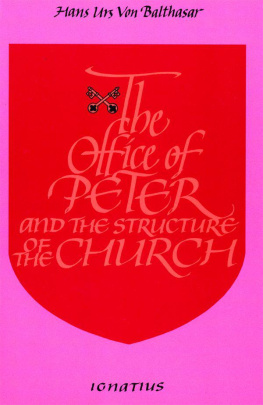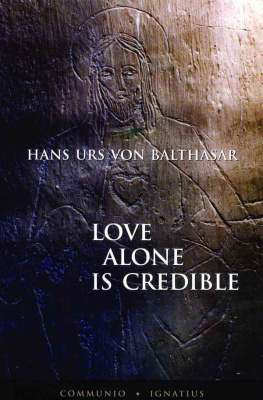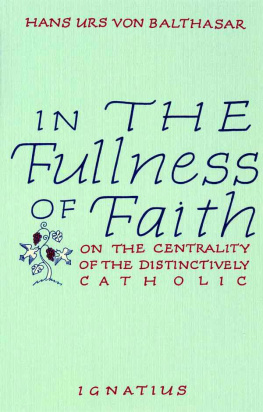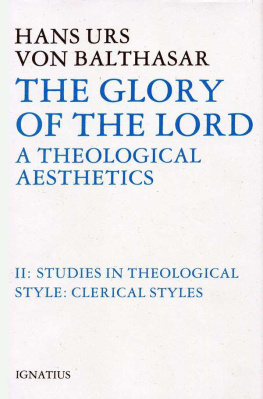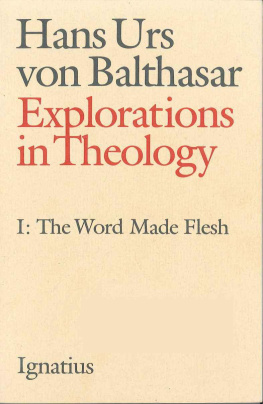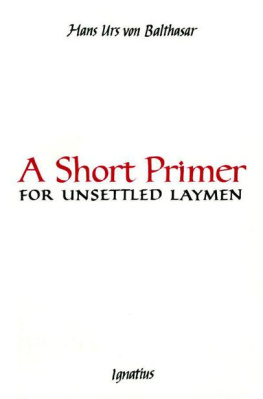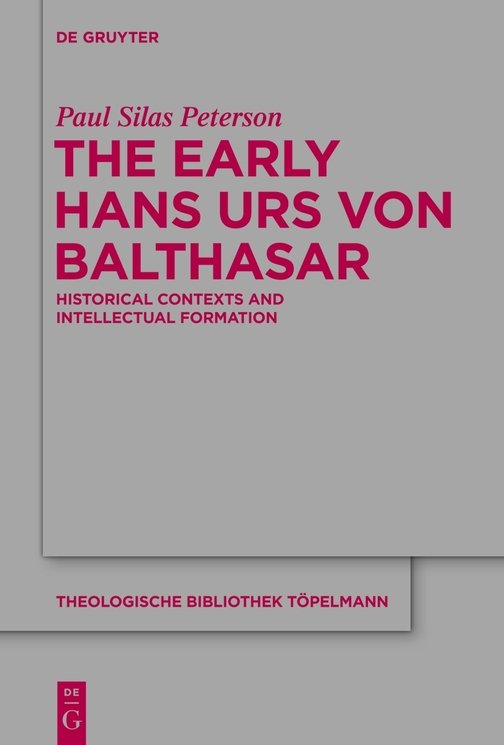Conclusion
In many ways Balthasar represented a new generation of Catholic intellectuals, a second generation of cultural Catholicism. He joined in this program in the 1920s, a program which was started by others around the turn of the century. Balthasar was also in the generation of young Catholic academics in the 1920s who were seeing the rise of fascism in Europe and responding to it. In his early period, Balthasar drew upon not only a new Catholicism but also a new approach to German studies. He joined the avant-garde Neugermanistik and promoted the George-Kreis style at a unique time that made him susceptible to fascism.
Like many others at this time, Balthasar promoted the Volk, Gemeinschaft and solidarity themes and a version of Reich theology. He published anti-Semitic commentary and critiques of modern art that drew upon the popular nigger language that was also used in the NS propaganda. Defending the NS Degenerate Art exhibit, Balthasar drew upon themes from the military and ideas of blind obedience and submission while claiming that politics has the right to be un-right. With other Catholic intellectuals of his day (and Protestants, like Karl Barth), Balthasar saw himself as overturning the Enlightenment program of modern liberalism.
His work at the most popular publication of the Jesuits in Germany in the late 1930s, Stimmen der Zeit, exemplified his negotiation with the ideological and cultural situation in Nazi Germany and his promotion of the rhetoric of his context. Balthasar worked as a promoter and critic of Dialectical Theology while supporting the Renouveau Catholique and collaborating with the Nouvelle Thologie. The student of Vienna, Zrich, Berlin, Pullach (near Munich) and Lyon was well prepared for his later work. Although he emphasizes that he started out with Germanistik, his German studies were far from the traditional sort of philology associated with this term. From the beginning, he concerned himself with religion and theological ideas.
Balthasars early experience with Germanistik of the Georgian sort, which was already a kind of philosophical-mythological theological edifice, was very different from the older 19th century philological approach of the pass historical variant. Balthasars methods, systematic approach and literary output were developed and brought to a mature form in the 1930s, parallel to the rise of European fascism. His first magnum opus came to print at the height of the Third Reich. It is not a mere coincidence that Balthasars subject of study, Germanistik, in the 1920s and 1930s, was the most ambitious of all the disciplines to drive the NS ideology and the most welcoming of its rise to power in the 1930s. Balthasars methods and insights were not abandoned but modified and integrated in his reception of the Nouvelle Thologie and the Renouveau Catholique in the later 1930s, 1940s and 1950s.
In the early 1960s the first volumes of his Herrlichkeit start to appear. The language of the early 20th century life-philosophy Goethe reception finds a place in the title of the first volume (Schau der Gestalt, 1961). Already in 1946/ 47, however, Balthasar was holding a lecture series titled Dramatik des Christlichen. In the 1930s and 1940s, one can already see a theologization of aestheticism and dramaticism. His reception of Nouvelle Thologie and contribution to the Renouveau Catholique also begin in the 1930s and 1940s, as does his engagements with Barth and Speyr. The Hegelian conception of history, the Nietzschean Lebensphilosophie and the Heideggerian philosophy are all found in Balthasars literature from the 1920s, 1930s and 1940s. The first 22 years of Balthasars publications, from his age of 20 (in 1925) to 42 years old (in 1947), provided a crucial foundation for much of his later work.
In Unser Auftrag, in 1984, Balthasar presents his interaction with Speyr and the year 1940 as a critical year for his development. He divides his development into pre-1940 and post-1940 periods. While there is a general continuity from the early work to the later, a few aspects are changed already in the 1940s. Later in the 1940s Balthasar is mostly silent about the Mythus Christi (Apokalypse III, 403). In Balthasars treatment of truth from 1947 (in Wahrheit), his older mythical account of truth from 1939 had also been changed. In Balthasars Theologie der Geschichte, from 1950, he also expresses a new reserve about interpreting history. The ambitious mood of the 1920s and 1930s, the prophesying about the new wind and the turning of ages, the dramatic family of the Untergang from 1940, seems to have undergone a sobering transformation.
Rossano Sala compares Balthasars thought to a seed that develops. Sala rejects that there is a primo Balthasar and a secondo Balthasar in the strict sense, but holds that there are significant changes in his thought which allow for a clear break (cesura netta) between his earlier and later thought (un primo e un secondo Balthasar). He points especially to a pre-Conciliar modification around 1955 to 1960. There may indeed be moments of true conversione radicale in the 1950s, but a more fundamental caesura takes place a decade before when Balthasar seems to have abandoned hopes for a Catholic friendly fascist Europe. First in 1943, and still with some degree of confusion and contradiction, Balthasar begins to distance himself clearly from the ideological frameworks. This is seen in his Irenus von Lyon (1943) and Mysterium Judaicum (1943/1944). Both of the texts show a new distance to the ideology. He is nevertheless, in the foreword to Katholizismus als Gemeinschaft, from this same year (1943), still attempting, with Lubac, to assimilate aspects of the totalitarian Gemeinschaft thinking. In Mysterium Judaicum, furthermore, he is still promoting some anti-Semitic ideas. 1943 was the same year that WWII turned in favor of the allies against the axis powers. It was also the year that the Swiss federal council banned the Swiss Frontenbewegung. The secondo Balthasar follows the general trajectory of conservative Catholicism in Switzerland and begins to modify his positions with many other academics in the 1940s and 1950s.
A transition in Balthasars thinking can also be identified in a publication from 1945, titled Die geistige Situation der Zeit und die Kirche. It was written after May, 1945. He addresses phenomenology, existential philosophy and the Jugendbewegung as well as the liturgische Bewegung, all these movements were very popular in German Catholicism in the 1920s and 1930s. To these he writes: So fragwrdig manches an diesen letzten Strmungen sein mchte, sie hatten zweifellos noch Teil an der geistigen Tradition einer skularen europischen Vergangenheit. (Ibid., 83.) He points to Rilke as an example of this Gesamtkurve der deutschen Kultur (83) and then writes:
Ob es aber dies nach 1933 (um eine ungefhre Grenze zu ziehen) noch gibt, kann zumindest bezweifelt werden. Die Diagnose, die Rauschning der deutschen Bewegung gestellt und die seither tglich an Evidenz gewonnen hat, drfte auch darin Recht behalten, da in dieser Bewegung der Geist als solcher keine ursprngliche Potenz mehr darstellt, da er vielmehr, in der ganzen Breite seiner Aeusserungsmglichkeiten, zu einer Funktion der Macht geworden ist, die ihn je nach der Parole der Stunde in Dienst nimmt. (83f.)
Balthasar makes reference to Hermann Rauschning, the author of Gesprche mit Hitler (1940), a critical reproduction of conversations which Rauschning claimed to have had with Hitler. The authenticity of the book was later called into question. Rauschning presented Hitler as a nihilistic revolutionary who had no concern for traditional values. The book was published in Switzerland in 1940 after being published in France. In 1945, Balthasar seems to agree that an ursprngliche Potenz [original potency] is no longer in this movement (the German Revolution of National Socialism). In the mid 1940s, Balthasar has established a distance to the movement and can no longer see the primal potency in it. It seems that with his addition of the word mehr [more/longer] that this was not always the case.

